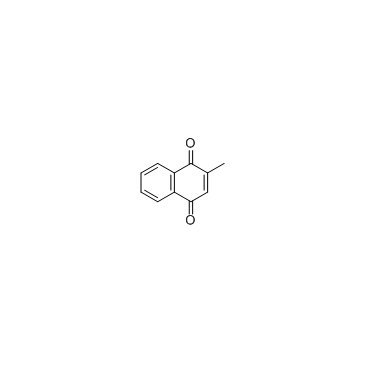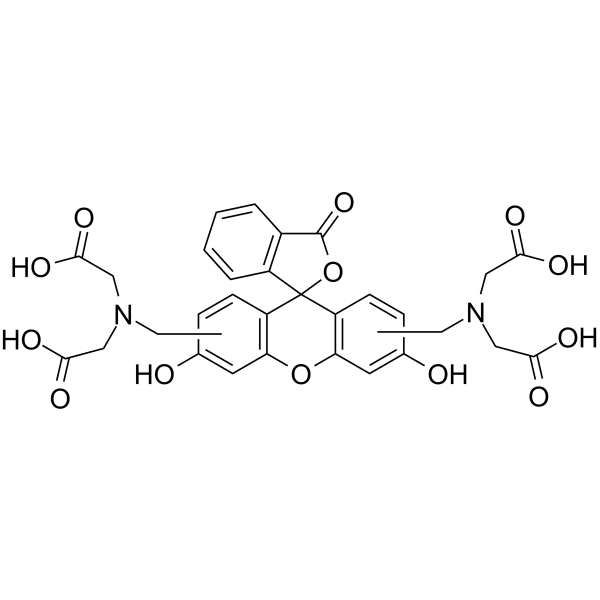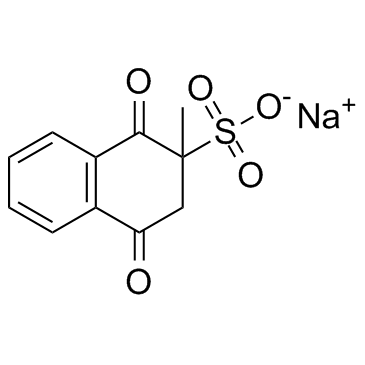| Structure | Name/CAS No. | Articles |
|---|---|---|
 |
Menadione
CAS:58-27-5 |
|
 |
Calcein (mixture of isomers)
CAS:154071-48-4 |
|
 |
Menadione sodiuM bisulfite
CAS:130-37-0 |